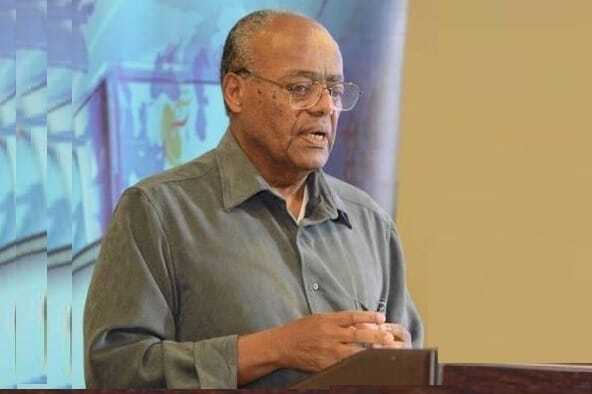His critique is based on the underfunded nature of SSNIT, where retirees receive benefits that exceed the value of their contributions.
Dr. Daniel Seddoh, the first Chief Executive Officer (CEO) of the National Pensions Regulatory Authority (NPRA), has ignited controversy by labeling the Social Security and National Insurance Trust (SSNIT) pension scheme as an “official Ponzi scheme.”
His critique is based on the underfunded nature of SSNIT, where retirees receive benefits that exceed the value of their contributions.
In an interview with The Accra Times, Dr. Seddoh contrasted SSNIT with Tier 1 and Tier 2 pension schemes. He explained that SSNIT operates as a defined benefit social scheme, whereas the other tiers function as commercial schemes, with benefits directly tied to the earnings of the contributions.
– Advertisement – “But if you take the case of SSNIT, it is a formula, predetermined so if you qualify, you get your pension. Where they will get it from is another matter and it is designed also to have the buck stopping with the government so that is why I use the word official ponzi scheme”, he stated.
Although he did not criticise the pension scheme’s design, he highlighted the significant financial strain it places on SSNIT and its trustees, cautioning about future challenges if not properly managed. He pointed out that pension reforms have exacerbated SSNIT’s situation by reducing its contribution inflows from 17.5% to 11.5%.
Commenting on public reactions to an International Labour Organisation (ILO) report, which projects that SSNIT’s reserves will be depleted by 2036, Dr. Seddoh noted that SSNIT has been struggling for years. He remarked that while actuarial valuation reports, produced every three years, align with the ILO’s findings, SSNIT appears not to be learning from them.
“If you had started addressing these issues years ago, you might see improvement. Unfortunately, we are witnessing deterioration instead, which is causing panic,” he said.
Dr. Seddoh called on the NPRA to analyse the latest ILO report and develop a “timetable of necessary actions” to ensure SSNIT’s financial health.
To enhance SSNIT’s sustainability, Dr. Seddoh, a management consultant, proposed several measures. Firstly, he suggested developing Ghana’s capital market with strict regulation and integrity, allowing SSNIT to invest more extensively. Secondly, he recommended cost management, advocating for the ring-fencing of workers’ contributions and returns, using only an agreed percentage for operations. This, he argued, would compel SSNIT to operate within its means. He also proposed that SSNIT seek donor support to bridge its funding gap and alleviate financial pressures.
Additionally, Dr. Seddoh emphasised the need for transparency and accountability, urging SSNIT to regularly communicate with contributors and open its books to build trust.
One of his more controversial suggestions was the consolidation of pension schemes, proposing that more funds be allocated to private fund managers, who appear to be more effective, and a lesser percentage to SSNIT. He also urged SSNIT to engage in long-term planning, ensuring pensions exceed inflation. This would involve repositioning SSNIT to create more fixed assets that can generate long-term benefits for pensioners










